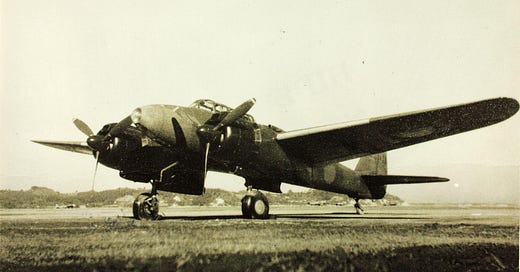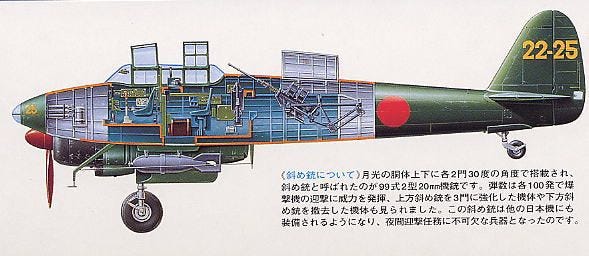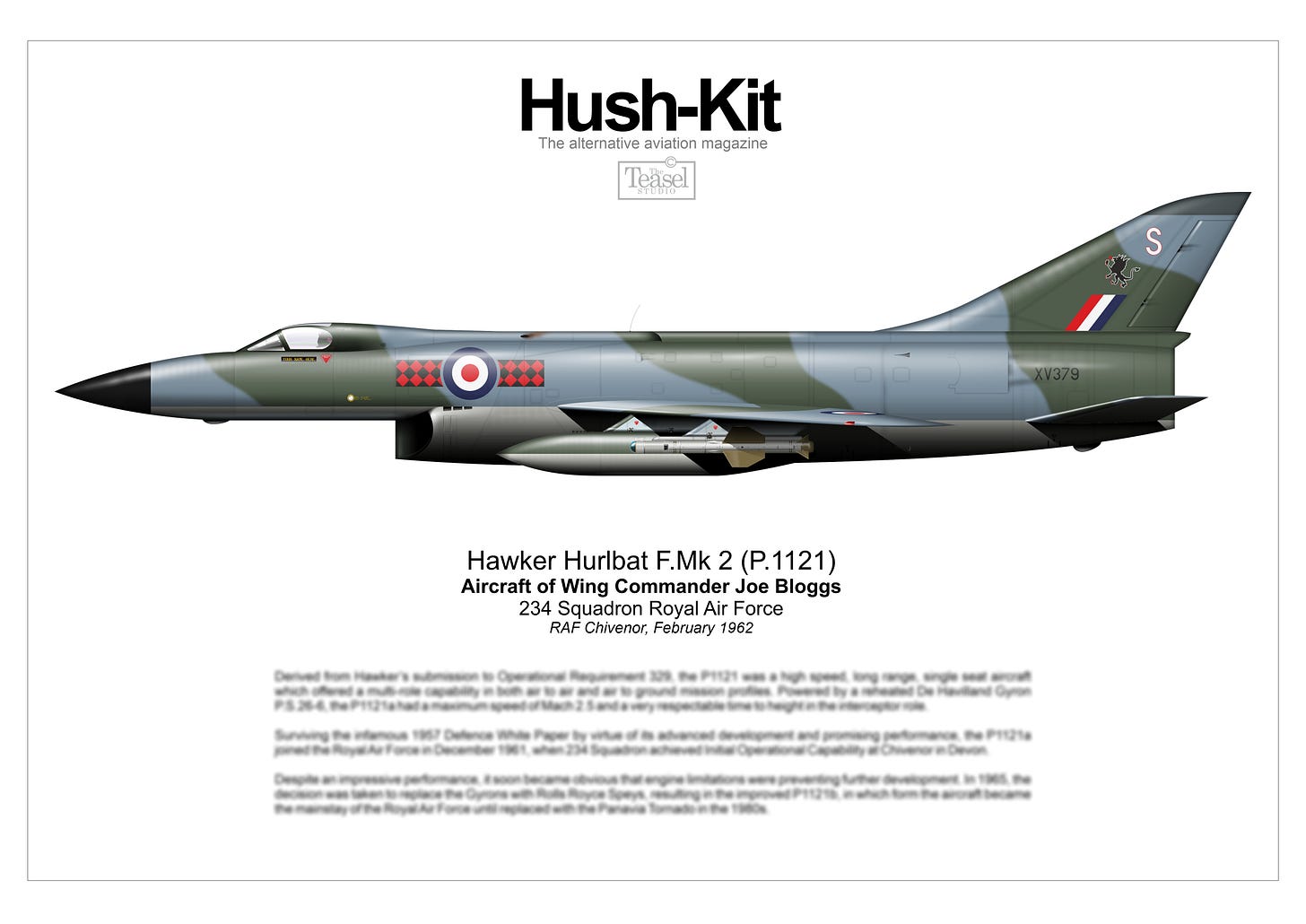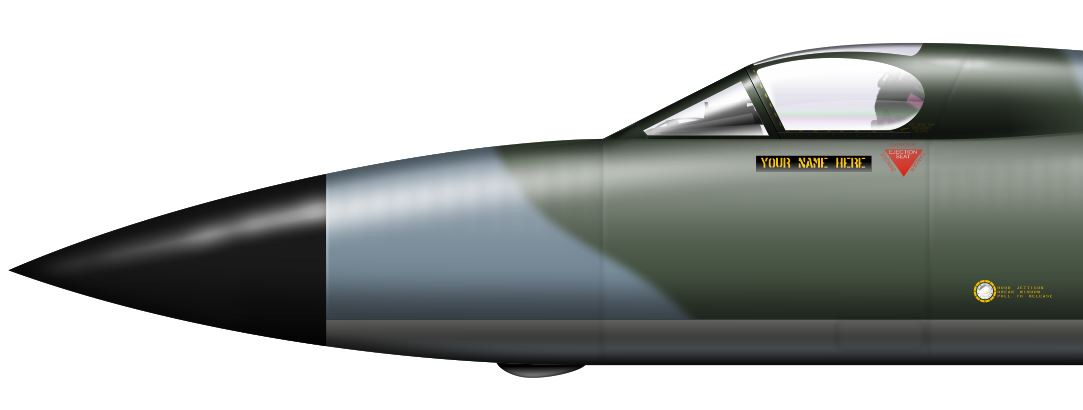Nakajima J1N1-S Gekko & your name on the side of a cockpit
Nakajima J1N1-S Gekko
The Nakajima J1N Gekko had its origins in 1938, when it became evident that Chinese air bases were beyond the reach of the Navy type 96 carrier fighters (Mitsubishi A5M4) then in service with the Japanese Navy, and that losses were being sustained in the unescorted bombing raids that resulted. In consequence, a long-range fighter was needed, resulting in a 1938 requirement for a 3-seat, twin-engine long-range fighter.
The specification sought good combat manoeuvrability, combined with long range (1300 nautical miles), heavy armament (20-mm cannon plus machine-guns), and a maximum speed of 322 mph. Initial trials of the J1N1 were discouraging, the aircraft being considered overweight, and with inadequate manoeuvrability, although with good range and speed.
The aircraft was re-designed as a long-range, land-based reconnaissance aircraft, with the armament removed to save weight, and this aircraft was put into service as the J1N1-C reconnaissance aircraft, 54 being delivered to the Navy by March 1943.
In 1943, a trial field modification to a J1N1-C was made, fitting two 20-mm cannon firing obliquely upward, and two firing obliquely downward as the J1N1-C Kai, intended for use as a night-fighter. The success of this trial aircraft in shooting down 2 B-24 Liberators led to the Navy initiating the development of a purpose-built J1N1 night-fighter, the J1N1-S Gekko (Moonlight).
The aircraft became the most important Japanese Navy night-fighter, and between March 1943 and December 1944, a total of 423 J1N1 were built, principally J1N1-S and J1N1-Sa night-fighters, which differed in the armament and equipment fitted. Operational experience showed that the downward firing guns were not as effective, so these were removed, and an additional upward-firing cannon was fitted. Most J1N1-S and -Sa aircraft were fitted with air intercept radar, although in some cases this was replaced by a forward-firing 20-mm cannon in the Sa variant.
The aircraft proved very effective against the B-24, but less so against the faster B-29 aircraft. The performance of the aircraft was quite creditable, with a maximum speed of 315 mph at 19,000 ft, and normal range of 1580 miles. A total of 479 J1N1 of all variants were built, at least two thirds of these being J1n1-S or -Sa night-fighters.
Designed as a long-range escort fighter, then transformed into a long-range reconnaissance aircraft, the J1N1 finally achieved success as the Japanese Navy’s principal night-fighter.
- Jim ‘Sonic’ Smith
[Bibliography: Japanese Aircraft of the Pacific War, RJ Francillon, 1970; Warplanes of the Second World War, William Green, 1961; The Complete book of Fighters, William Green and Gordon Swanborough, 1994]
Wing Commander Level: Only 20 places available
An extremely special new level! Your name will be inscribed on a military aircraft artwork by Teasel Studio's master artist Andy Godfrey that will appear in The Hush-Kit Book of Warplanes Volume 2. Plus a beautiful unique high-quality A3 print featuring your named aircraft and the history of the type and a signed hardback and the ebook. Decide your name, rank and the aircraft's serial number.
Limited to 20 places only. The aircraft type will be an exotic combat aeroplane that never saw operational service (not the P1121 but a mouthwatering selection of incredible fighting machines). Snatch up this incredible deal while you can as places are extremely limited1 N.B. bear in mind names on planes were written quite small, this is why the high-quality print you will receive is far larger than in the book (a generous A3). Snatch this up here:







